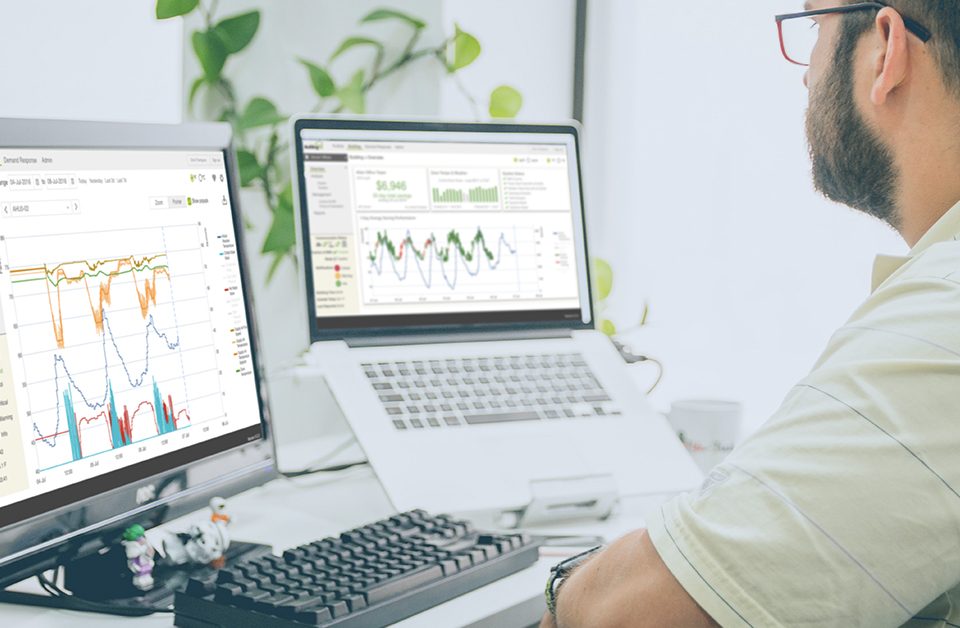
Blog

Views from the Road: The Buzz Around IoT & Buildings
May 18, 2017
Spikes in Electricity Prices Place a Costly Burden on Australians and Businesses
July 17, 2017Everyone’s body chemistry is unique; so it only makes sense that the concept of an ideal environment temperature varies from person to person. There are also numerous other factors that may come into play when determining this temperature —such as a person’s clothing style and the thickness of the fabrics, as well as the number of layers worn. Given this, is it so hard to imagine a world where your home is optimized to your ideal temperature; to start up your car and when you get in have that same temperature and, once again, that temperature to follow you into your working environment?
Various industries around the world have shifted their focus to personalization and customization —catering to the human factor. The concept of optimizing every environment at a granular scale and meet the needs of every individual is still very much farfetched —at least for the foreseeable future. The idea of increasing human input to optimize an environment is not. From my perspective, a key ingredient to creating a “total facility” is the human factor.
While crude hot and cold calls are mechanisms for gathering after-the-fact feedback from tenants, they lack the sophistication that will be needed in the future. Say a facilities manager receives one or two cold complaints in the morning. The only action that can be taken is to make a change to raise the temperature of that building zone. However, this may be an overreaction. First, it does not account for the building naturally heating up as midday approaches and it may actually result in expensive demand spikes. This example underlines the importance of using the human factor to feed advanced modeling.
BuildingIQ’s technology has always been built on a proactive approach —identifying mechanical anomalies before they develop into bigger problems, guiding changes within a building to save energy before it is wasted, and so on. The development of Internet of Things (IoT) technology opens the gates to being proactive about the human factor of a building, or in other words curating more data points to be used as an input for advanced modeling. Data points that span throughout a day and from different locations of a building, essentially turn tenants/occupants into the ultimate building sensor. Building out the comfort model to be paired with the operational model and the thermal model of a building creates endless possibilities.
With this new data, it would be possible to eventually discover correlations between certain user feedback and weather events. Let’s say it’s a stormy day. Using the weather forecast, the BuildingIQ platform can keep the building within its temperature comfort band. However, what if it could be taken a step further? Using deep analysis, the platform might be able to discover that the comfort band preferences are different on stormy days because occupants tend to dress in thicker clothing — something that may only be discovered through data points provided by occupants.
This scenario is very applicable in certain tropical climates, like Singapore, which experiences less drastic weather changes. The comfort band is very narrow and fairly predictable. However, based on my experience, since it is so humid when it rains, the air conditioning cranks up and people start putting on jackets. Overcooling in this manner is quite common.
Creating better channels for occupant comfort data —that is not just reactive— is a common target within the industry. While buildings simply aren’t structured to provide heating and cooling on an individual scale, there is no question that the human factor can be valuable in optimizing overall occupant comfort and building operations. We have some very exciting technologies in the works that will help address this problem. Stay tuned!

Roy Arindam, VP of Sales at BuildingIQ, is responsible for direct and channels activities across South-East Asia, Australia and New Zealand. He has extensive experience across energy optimization technologies, building automation systems, integrated extra low voltage systems (IELVS- OBSI), energy metering and reporting solutions, fire detection, and lighting solutions, and security solutions.



